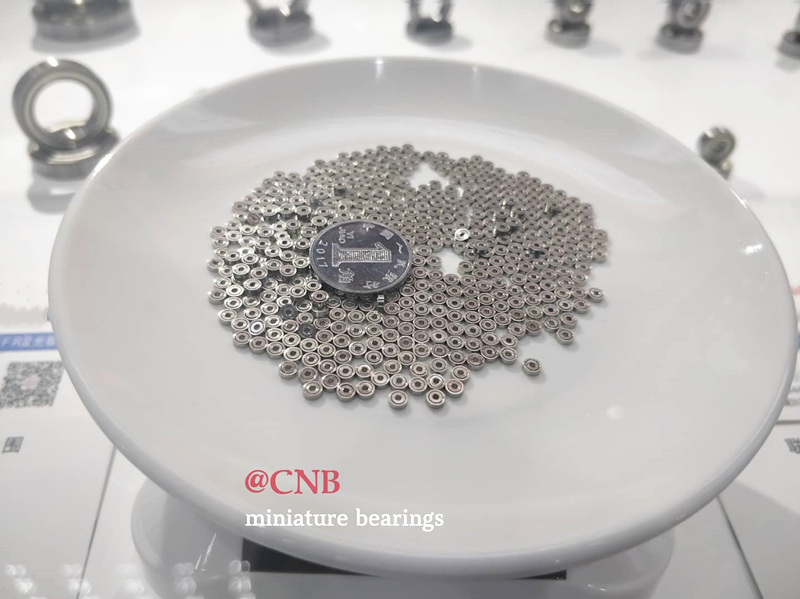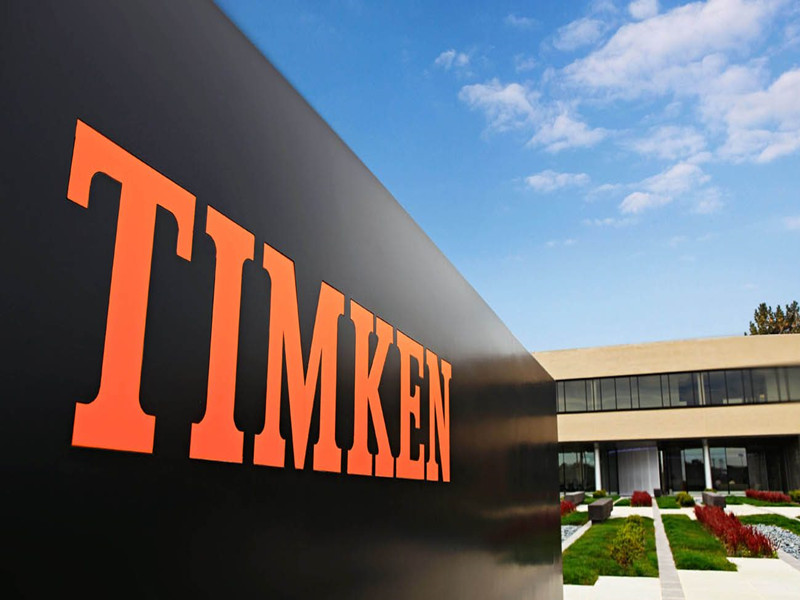Chinese Bearing Industry Development Strategy
Bearings, known as "mechanical joints," are an indispensable primary component in modern mechanical equipment. After the 1990s, with the continuous progress of China's production technology, Chinese-bearing companies have begun competing with foreign companies.
Asian market
In the Asian market, Japan is China's biggest bearing export market. In recent years, the development of the Japanese bearing industry has focused on high value-added bearings, and normal bearings mainly rely on imports. The quality of ordinary Chinese bearings is comparable to Japanese products, but the price is lower. Hong Kong, South Korea, Southeast Asia, and Taiwan were once the re-export trade sites for Chinese-bearing products. This has become a major processing area for products that combine emerging technologies and labor-intensive products like micro-small home appliances and computers. The prospect of bearing exports to these areas is bright. In addition, we should give full play to the advantages of entrepot trade distribution centers in these regions;skip the impact of U.S. sanctions on Chinese bearings; use entrepot trade areas as a springboard to gradually open up the market for high value-added bearing products. In the Asian market, the key markets for Chinese bearing exports are Japan, Hong Kong, South Korea, and Singapore. The most potential markets are the UAE, India, Indonesia, and Malaysia. China's bearing product technology and quality level are suitable for developing and emerging industrial countries. China's bearing exports to Latin America, Africa, and other developing countries only account for about 5% of the total export value. The next few years will be critical for developing countries to transition to industrialization gradually, and their demand for bearings will double. China's export of bearing products and technologies to developing countries is expected to make breakthrough progress.
Australia
Australia's industrial level is relatively developed, bearing demand is great, imports account for more than 90% of consumption, and the market price is relatively stable, making it more attractive. But as a market dominated by OEMs, it has high delivery time and after-sales service requirements. At present, the export value of Chinese bearings to Australia is small, and we need to spend more time doing deep research in the Australian bearing market.

Latin American Market
The Latin American market is the South American market. Due to the relatively backward economy in this region, especially the industry, the demand for its bearing market is only 3% of the global market. Brazil and Argentina's Latin American bearing market is dominated, and the main request is bearings for automobiles, agricultural machinery, and mining equipment. Brazil accounts for nearly 50% of Latin American market demand, and Argentina accounts for 30%. The Chinese bearing industry developed the Latin American bearing market late, mainly because of the inconvenient geographical location and the lack of optimism about its market prospects. In recent years, the export value of Chinese bearings to Brazil and Argentina has increased yearly, and the growth rate is relatively large. Therefore, Brazil, Argentina, Mexico, and Uruguay should be explored as potential markets.
African market
The degree of industrialization in Africa is shallow, and only South Africa has relatively developed industries. Therefore, the demand for bearings in Africa is only 1% of the world. Among them, South Africa is the largest consumer. The order is mainly for mining bearings. SKF, FAG, and Japanese brand bearings mainly occupy the African bearing market. In recent years, the need for bearings from China, Romania, the Czech Republic, Russia, and other countries has increased to a certain extent. It has begun to compete with SKF, FAG, TIMKEN, NSK, KOYO. Agricultural machinery, automobiles (after-sales market), and mining bearings are highly demanded.
In recent years, the export of Chinese bearings to South Africa has increased significantly, coupled with the marketability of Chinese bearings, the market prospects are promising. We should focus on developing the bearing markets in South Africa, Egypt, Nigeria, and Tunisia. At the same time, China has many economic and technical assistance projects in the region every year. We should use these assistance links to cooperate with relevant domestic departments to open up new China exports.
European market
The European market accounts for 31% of global bearing demand and is one of the world's three largest bearing markets. The largest demand for bearings in Europe is Germany, whose annual bearing sales account for 45% of European bearing sales, followed by Italy, France, and the United Kingdom. China's exports to Europe only account for about 2% of its market demand, so there is huge potential for development. In addition to paying attention to the German, Italian and British markets, Chinese bearing companies should make more efforts to develop the bearing markets in the Netherlands, Belgium, France, and Austria.

American market
North America, dominated by the United States, is the world's largest bearing production and consumption region and the largest bearing import market. The United States currently consumes about US$8 billion in bearings each year, and it needs to import more than US$2 billion in bearings each year. It is predicted that by 2025, the consumption of bearings will increase to US$12 billion, and US$4 billion of imported bearings will be needed. The proportion of bearings used in the U.S. pre-mainframe market (mainly directly facing mainframe customers) accounts for about 52%, and bearings for general maintenance account for 48%. Generally speaking, the U.S. automobile industry accounts for 31% of rolling bearing consumption, machinery and equipment manufacturing accounts for 26%, and aerospace bearings account for 7%.

The American bearing market is very competitive, with three major forces: one is the American bearing manufacturer represented by Timken, which controls more than 70% of the bearing market; the other is bearing exporters from several major developed countries represented by Japan. The bearing import market in the United States has been affected; the third is the Eastern European countries, managed centrally and unified externally. The United States has always been the largest market for China's bearing exports, and its export share is also increasing year by year. Competitors of China Bearing in the U.S. market include well-known local companies and many world-renowned companies. Chinese-bearing companies' strength and product quality can't compete with them in the pre-sales market. At present, Chinese bearing factories should learn from the methods of some bearing companies that have successfully gone overseas and choose to use some products first to enter the U.S. pre-sales market or set up factories in joint ventures with American companies. Use your products to provide support services for U.S. mainframe users directly. Actively compete in the pre-sales market while consolidating the developed post-market (mainly referring to the maintenance market or through intermediaries). In addition, to deal with trade protectionism in the United States and prevent the repeated dumping complaints of American bearing manufacturers involving China, further expand the American bearing market, directly enter user factories and increase profits. There is only one way out: cooperating with American distributors or setting up a distribution company in the United States alone and hiring Americans familiar with the bearing market to work. Because once a joint venture or an investment company is established, the import price of its input bearings will not be the comparison price determined by dumping. The final selling price to the customer will be the comparison price. Although it has to pay taxes on its profits in the United States, it has the advantages of stable customers, low price fluctuations, avoiding exploitation by importers, quick understanding of market conditions, flexible operation.
